Conference Room Acoustics















































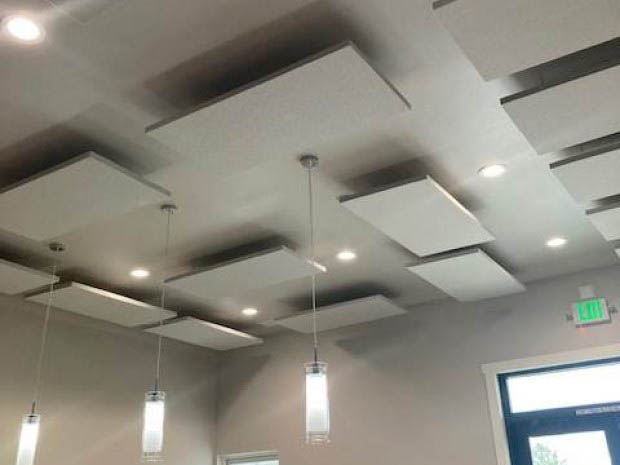


















Poor Conference Room Acoustics?
Conference rooms are a crucial part of most office environments, but they are not typically designed with sound in mind, instead incorporating flat walls and large, hard conference tables. These surfaces reflect sound, creating echo and reverberation and leading to issues with sound quality and clarity, which in turn can lead to unproductive communication, wasted meetings, and frustrating conference calls.
Installing sound absorption acoustic products for walls can instantly transform the acoustics of your conference room. These soft, acoustically absorptive surfaces with help to absorb sound before it has a chance to bounce throughout your conference room. When treating the walls, it’s a good idea to place panels near face level to effectively absorb vocal sound. For the best results, start by covering roughly 15% of the walls using our sound absorption treatment options, and work up from here as needed.
If wall treatment isn’t an option, ceiling treatment can help eliminate these annoying sound issues. In conference rooms with high ceilings, suspended absorption options like Acoustic Clouds or Acoustic Baffles will help to reduce echo and lower the acoustic ceiling of a conference room, while direct mount or drop ceiling options like Acoustic Ceiling Tiles allow your sound absorption to blend into your space.
-
 Fabric Acoustic Panels - SynopsisAs low as $38.00
Fabric Acoustic Panels - SynopsisAs low as $38.00 -
 AcoustiColor® Acoustic ShapesAs low as $114.00
AcoustiColor® Acoustic ShapesAs low as $114.00 -
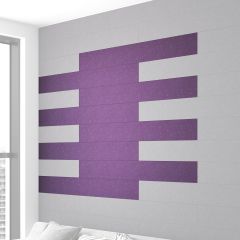 AcoustiColor® Acoustic PlanksTotal $146.00
AcoustiColor® Acoustic PlanksTotal $146.00 -
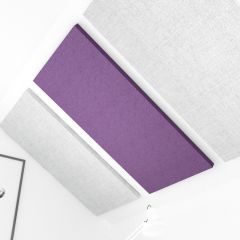 AcoustiColor® Acoustic Direct Mount Ceiling TilesAs low as $28.00
AcoustiColor® Acoustic Direct Mount Ceiling TilesAs low as $28.00 -
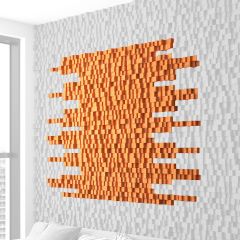 Audimute Strata®Total $358.00
Audimute Strata®Total $358.00 -
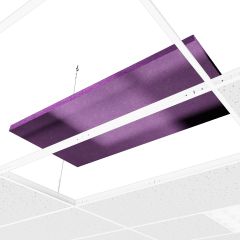 AcoustiColor® Acoustic Drop Ceiling TilesAs low as $46.00
AcoustiColor® Acoustic Drop Ceiling TilesAs low as $46.00 -
 Custom Image Acoustic PanelsAs low as $96.00
Custom Image Acoustic PanelsAs low as $96.00 -
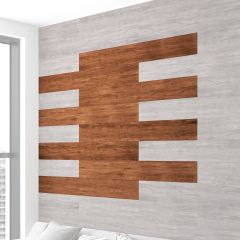 AcoustiWood® Standard Acoustic Wood Alternative PlanksTotal $248.00
AcoustiWood® Standard Acoustic Wood Alternative PlanksTotal $248.00 -
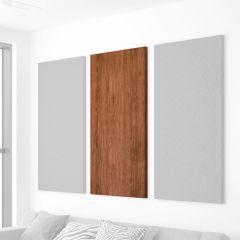 AcoustiWood® Standard Acoustic Wood Alternative PanelsAs low as $106.00
AcoustiWood® Standard Acoustic Wood Alternative PanelsAs low as $106.00 -
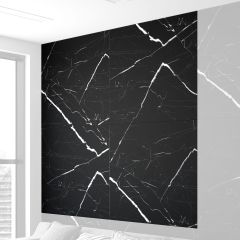 AcoustiStone® Premium Acoustic Stone Alternative TilesTotal $248.00
AcoustiStone® Premium Acoustic Stone Alternative TilesTotal $248.00 -
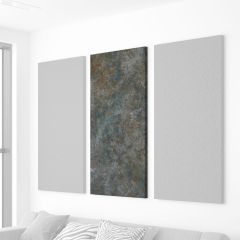 AcoustiStone® Standard Acoustic Stone Alternative PanelsAs low as $106.00
AcoustiStone® Standard Acoustic Stone Alternative PanelsAs low as $106.00 -
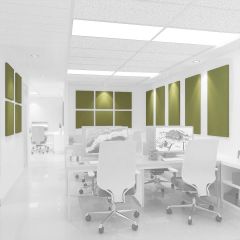 Standard Room Acoustic Panels KitTotal $972.00
Standard Room Acoustic Panels KitTotal $972.00
Keep Sound In
Are you having issues with unwanted sound entering or exiting your conference room? Sound tends to leak in and out of conference rooms with ease, often through the thin, hollow-core doors commonplace in offices. To start treating a door, it’s important to ensure that the door is appropriately sealed off. Sound can travel anywhere that air can travel, so gaps in a door can be problematic. Using an Acoustic Door Seal Kit will allow you to seal off your door with ease.
Further limiting sound transmission through doors will involve providing mass and density to the door itself. This can be accomplished by using an easy-to-install product like isolé® Sound Barrier Sheets. Each isolé sheet measures 34.5” wide by 82” long and has sound absorbing and blocking properties.
Sound traveling through shared walls can be a bit more difficult to treat and typically involves some construction to provide mass and density. This can be accomplished by installing a sound barrier, such as Peacemaker®, between two rigid layers in the wall. Peacemaker® is a recycled tire rubber sound barrier designed to reduce sound transmission and provide mass. It's also a good idea to ensure that shared walls are insulated. Insulation breaks up sound as it travels through a wall, and can assist in the sound blocking process.
-
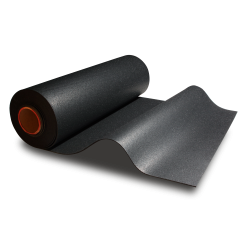 Peacemaker® Sound Barrier - 3 mmAs low as $38.00
Peacemaker® Sound Barrier - 3 mmAs low as $38.00 -
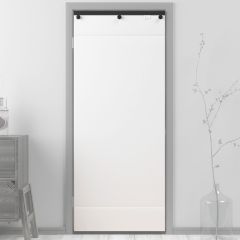 isolé® Sound Barrier SheetsAs low as $118.00
isolé® Sound Barrier SheetsAs low as $118.00 -
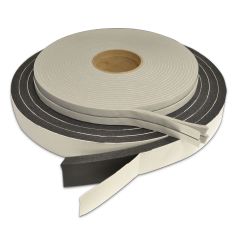 Acoustic Door Seal KitAs low as $22.00
Acoustic Door Seal KitAs low as $22.00
Good conference room acoustics can be tough to accomplish. For questions and advice, please give our Acoustic Specialists a call at 1.866.505.MUTE, chat with us, or fill out our Free Room Analysis Form.
.jpg)
.jpg)
.jpg)
.jpg)
.jpg)
.jpg)
.jpg)
.jpg)
.jpg)
.jpg)
.jpg)
.jpg)




